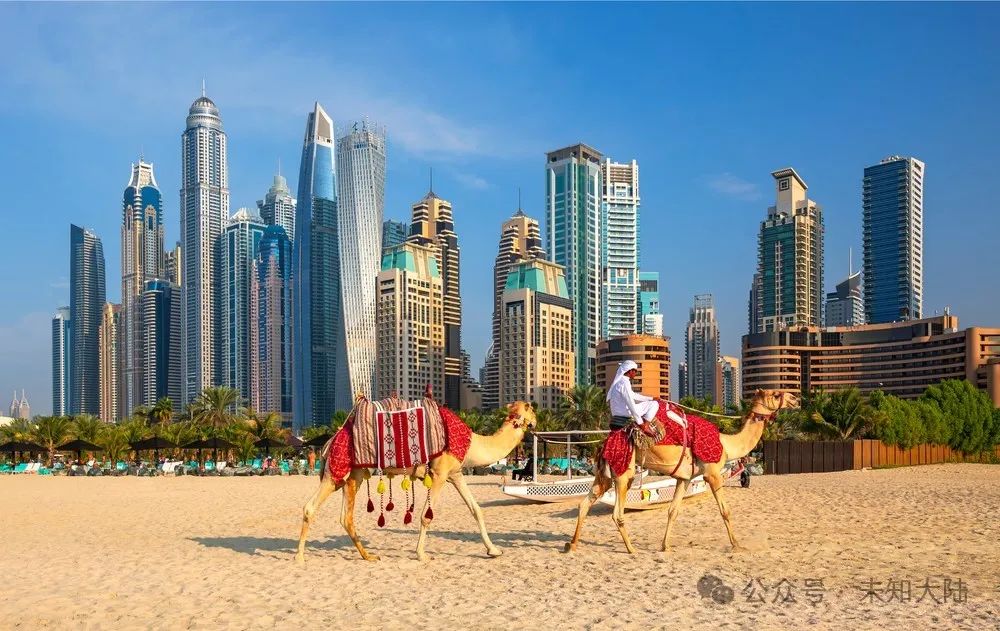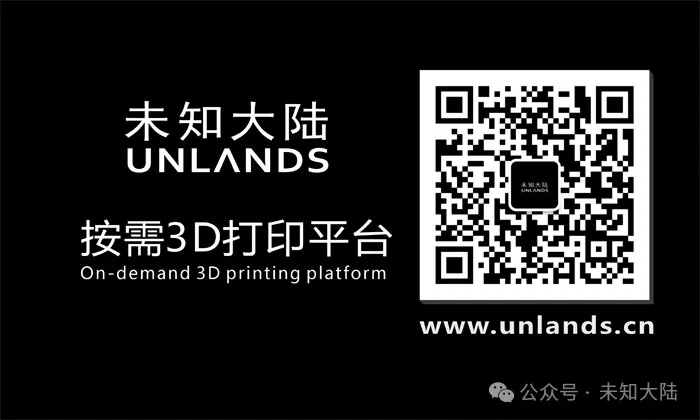The Middle East, a land interwoven with deserts and oil, has long been labeled as “resource-dependent” by the outside world. However, with the paradigm shift in global manufacturing, 3D printing technology is quietly reshaping the economic landscape of the Middle East in a disruptive manner. This is not just a technological celebration but a strategic opportunity for the Middle East to transition from an “oil empire” to an “innovation hub.” Below, we will analyze from a unique perspective how 3D printing is stirring up a storm in this hot land, with straightforward and unreserved viewpoints.

1. The “Printing” Blueprint in the Desert: Why the Middle East?
On the surface, the geographical and economic characteristics of the Middle East seem incompatible with high-tech manufacturing, but upon closer inspection, the potential for 3D printing here is a perfect match.
Extreme Environments Create Demand
The desert climate and remote areas of the Middle East pose significant challenges to traditional supply chains. High temperatures, sandstorms, and logistical bottlenecks make the transportation of parts costly and unreliable. The “on-demand manufacturing” feature of 3D printing directly addresses this issue. Whether it’s repair parts for skyscrapers in Dubai or drilling equipment for remote oil fields, 3D printers can quickly produce on-site, eliminating the hassle of international shipping. Saudi Arabia’s NEOM project has already begun experimenting with 3D-printed concrete buildings, claiming to “print a city in the desert.”
Transformation Anxiety of the Oil Economy
Fluctuating oil prices and the global energy transition have left Gulf countries like Saudi Arabia and the UAE restless. Saudi Arabia’s “Vision 2030” and the UAE’s “Centennial 2071 Plan” both prioritize economic diversification. As a pioneer in advanced manufacturing, 3D printing can not only reduce dependence on imported industrial goods but also foster a local innovation ecosystem. The UAE has established a “3D Printing Strategy” in Dubai, aiming for 25% of buildings to be completed through 3D printing by 2030, saving not just costs but also disrupting traditional construction practices.
Young Population and Technological Ambition
The Middle East has the youngest population structure in the world, with over 60% under the age of 30. This group of digital natives is highly receptive to technology and eager to break free from the stereotype of the “oil curse.” The low entry barrier and high flexibility of 3D printing allow young people to easily participate, from design to production, spawning countless startups. In Jordan’s refugee camps, there are even public welfare projects using 3D printing to create prosthetics, costing only one-tenth of traditional methods.
2. The “Middle Eastern Approach” to 3D Printing: Taking an Unconventional Path
The Middle East is not short of money, but it lacks the courage to step out of its comfort zone. The implementation of 3D printing in the Middle East is destined to follow a path distinctly different from that of Europe and America.
From Showmanship to Practicality: Less Hype, More Necessity
Dubai once garnered attention for the world’s first 3D-printed office building, but the real breakthrough lies in solving practical problems. For instance, during the Qatar World Cup, 3D printing was used to quickly manufacture temporary venue components, perfectly addressing the tight construction schedule. The future Middle East should focus on high-value fields such as healthcare (custom implants), aerospace (lightweight parts), and energy (high-temperature equipment), rather than merely pursuing the “global first” hype.
Localized Innovation: Stop Copying Western Templates
The success of 3D printing in Europe and America is built on mature industrial systems, but the Middle East does not need to follow suit. The region can leverage its advantages, such as abundant solar energy, to develop low-cost 3D printing energy solutions; or combine local culture to print art and architectural components with Arab characteristics for global export. The UAE’s “Mars Science City” project has attempted to use 3D printing to simulate Martian habitats, and this kind of “Middle Eastern characteristic” innovation is the way forward.
Education and Ecosystem: From Classroom to Factory
The 3D printing revolution in the Middle East cannot happen without talent. The UAE and Saudi Arabia have introduced 3D printing courses in universities, but this is far from enough. The government should promote a complete ecosystem from “school to startup,” subsidizing 3D printing equipment and lowering the barriers to entrepreneurship. Imagine young people in Bahrain designing drone parts suitable for the desert with 3D printers, or makers in Kuwait printing biodegradable eco-friendly packaging—this is the future of the Middle East.
3. Challenges and Concerns: The Desert Rose Has Thorns
While the potential for 3D printing in the Middle East is limitless, the rose in the desert is never without thorns.
The Trap of Technological Dependence
Currently, the 3D printing equipment and materials in the Middle East are still highly dependent on imports, with core technologies held by Western companies. If local R&D cannot be accelerated, the Middle East may become a “technological colony.” Saudi Arabia has begun investing in local 3D printing startups, but the scale and speed still need to be increased.
Regulatory and Cultural Resistance
The regulatory environment in the Middle East is often overly cautious towards new technologies, and the intellectual property protection and quality certification systems for 3D printing are not yet complete. Additionally, some traditional industries are skeptical of 3D printing, viewing it as a threat to employment. The government needs to balance innovation and stability, avoiding missed opportunities due to excessive protection of old industries.
Inequitable Adoption
The benefits of 3D printing are currently concentrated in wealthy countries like the UAE and Saudi Arabia, potentially widening the gap between rich and poor in the region. Countries like Jordan and Lebanon may become further marginalized if they cannot keep up with the technological wave. Regional cooperation and knowledge sharing are imperative.
4. Future Outlook: The “Printing Empire” of the Middle East
3D printing is not just a technology; it is an opportunity for the Middle East to reshape its global positioning. In the next decade, the Middle East is expected to become a “testing ground” and “export hub” for global 3D printing. Here are a few bold predictions:
Desert Manufacturing Center: Relying on low-cost energy and policy support, Saudi Arabia and the UAE may become production bases for 3D printing equipment, exporting to Africa and Asia.
Cultural and Technological Integration: 3D printing will promote the globalization of Middle Eastern cultural products, such as jewelry or home goods designed with Arabic geometric patterns.
Humanitarian Pioneer: The 3D printing technology in the Middle East will shine in refugee assistance and post-disaster reconstruction, setting a new benchmark for global humanitarian efforts.
Conclusion: From Oil to Printing, the Next Celebration of the Desert
The 3D printing revolution in the Middle East is not a castle in the air but a grounded transformation opportunity. It does not need to wait for the perfect moment but must forge a manufacturing soul unique to the Middle East in the scorching heat of the desert. Less attachment to oil and more ambition for the future, the Middle East can completely evolve from an “oil empire” to a “printing empire.” The horn of this revolution has already sounded; the only question is: does the Middle East dare to take on the challenge?
